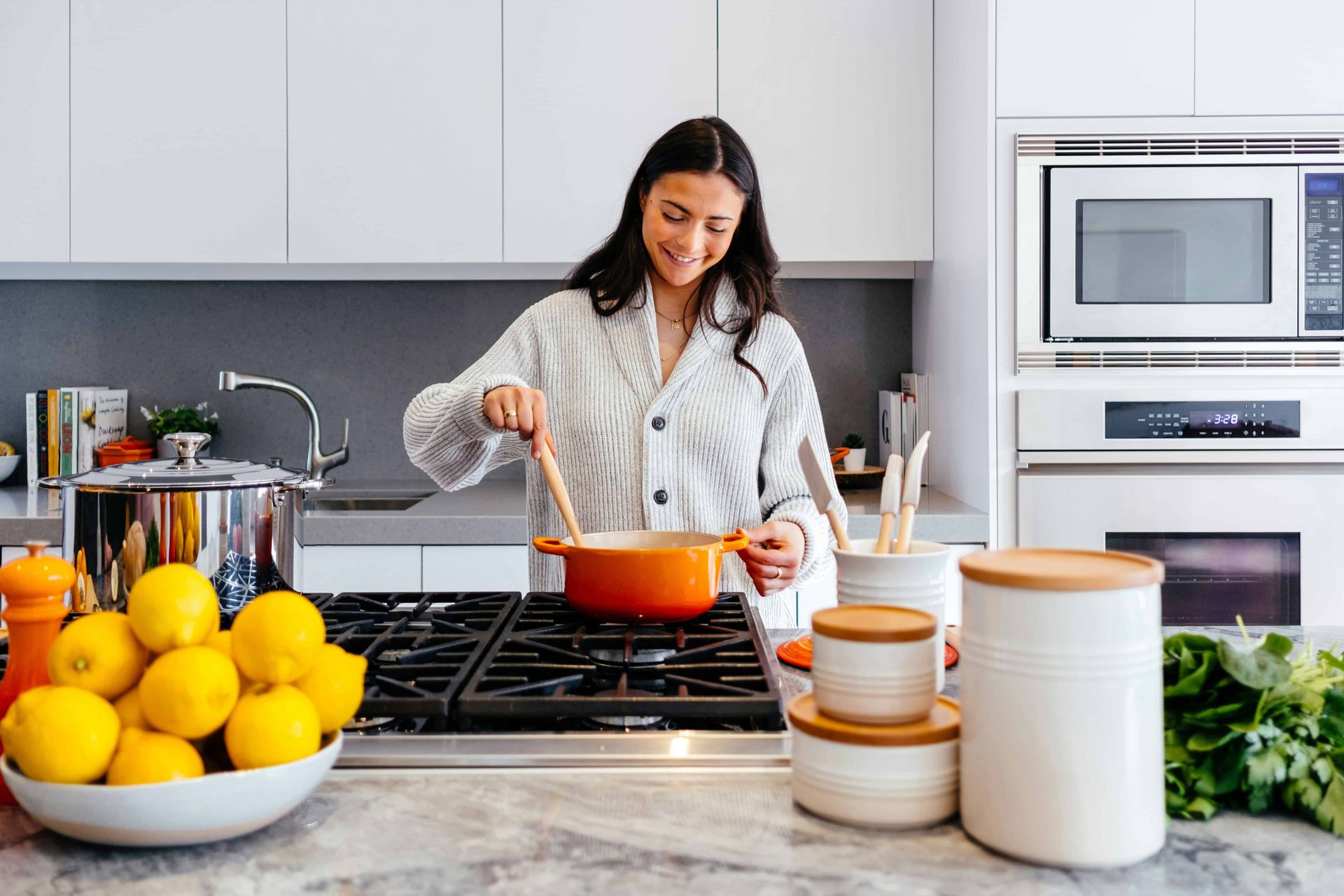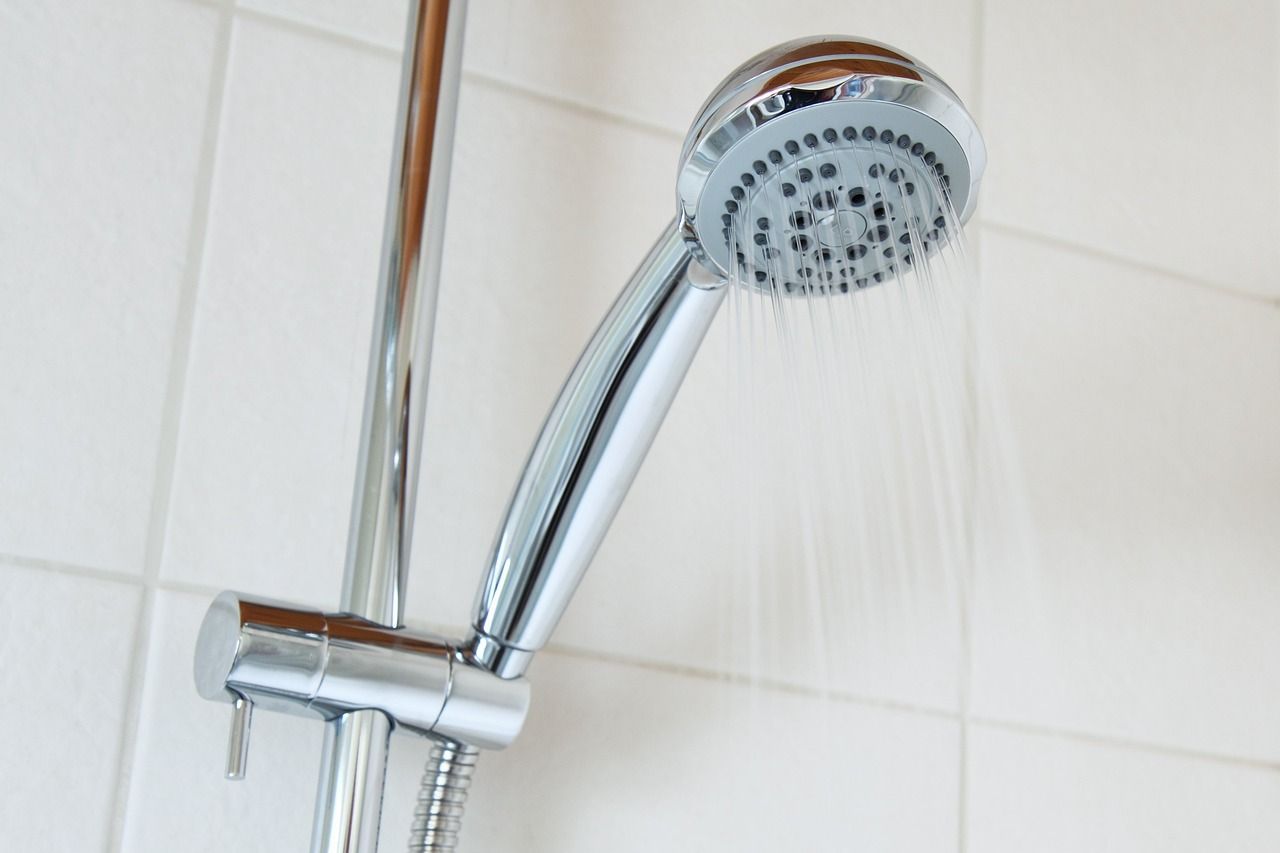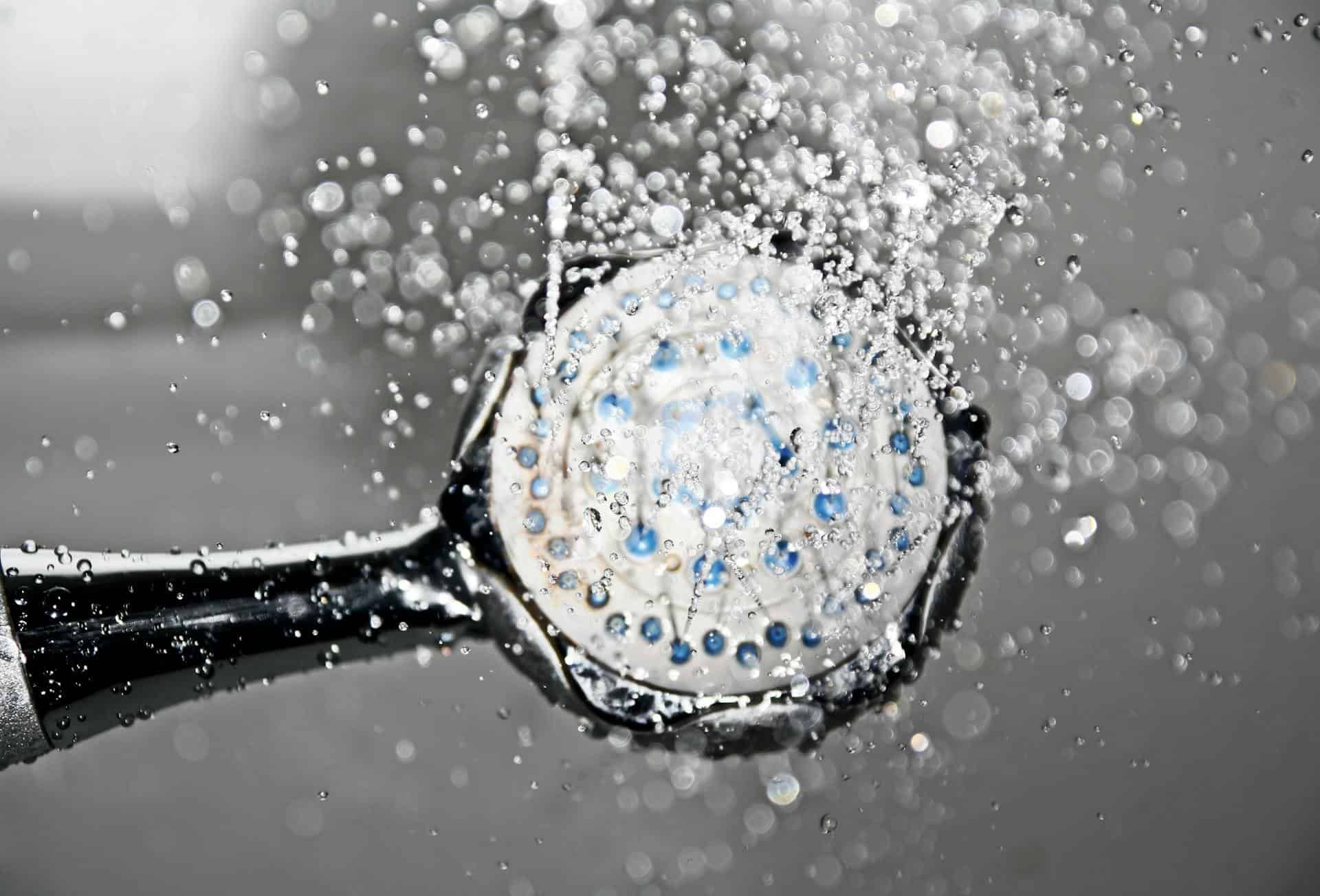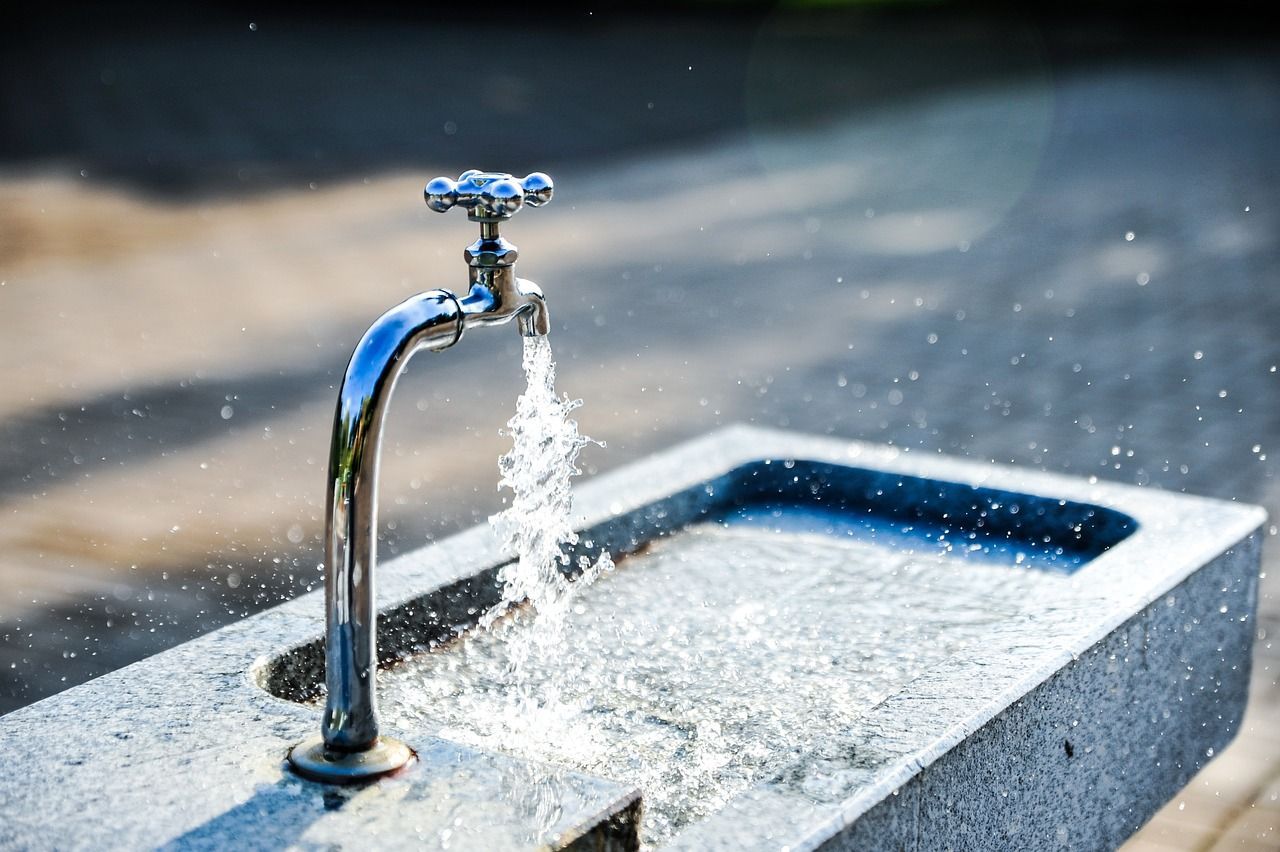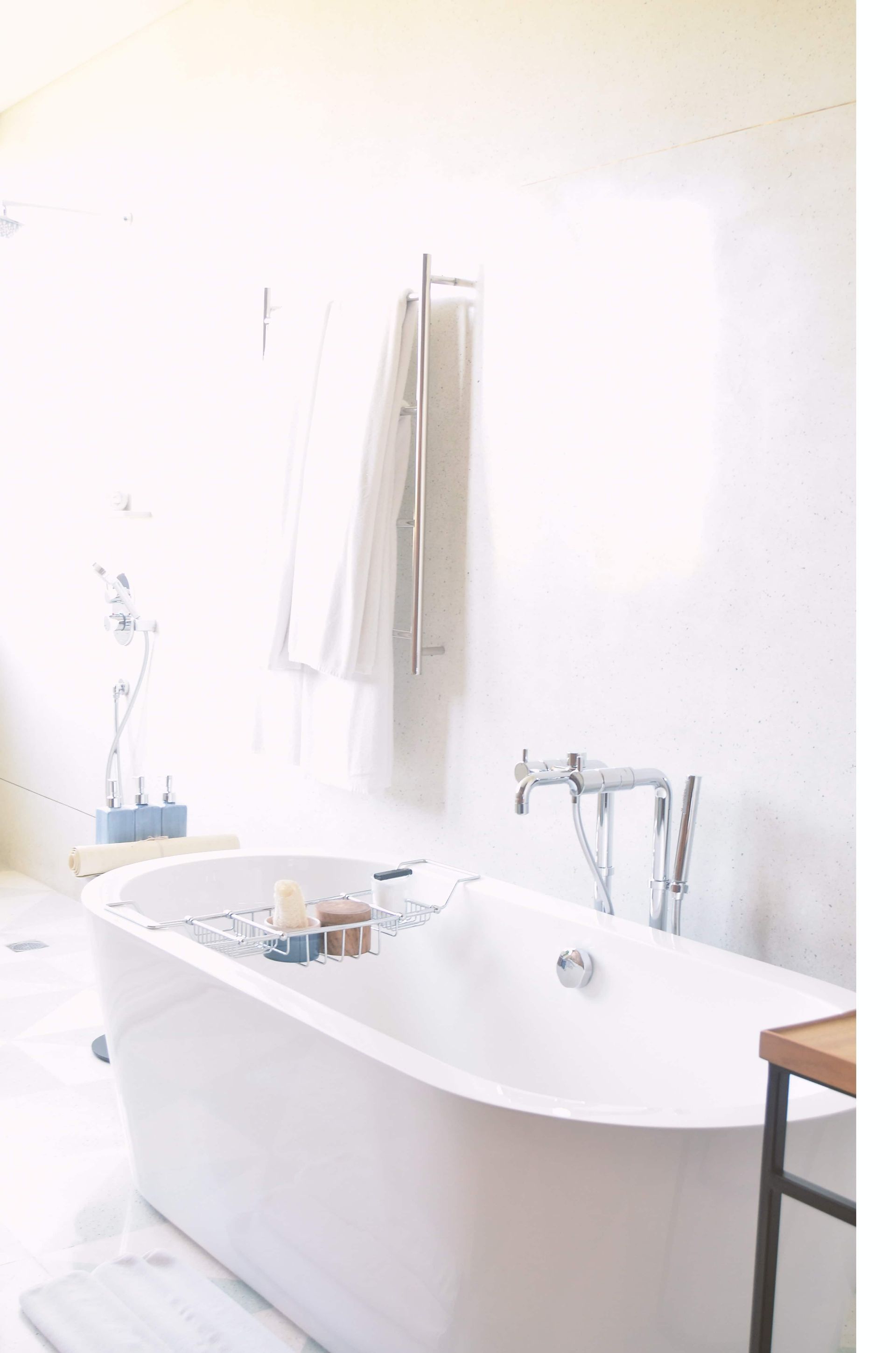How To Fix Blocked Drains in your bathroom or kitchen
Blocked drains are among the most common plumbing issues plaguing homeowners and dwellers in general. Anyone who has used a bathroom or a kitchen sink must have encountered this once or twice, and it is never a happy experience.
Good thing the drain-cleaning process is not at all complicated. The technology has improved so much over the years, and blocked drains can be easily remedied using a number of different methods.
Ways on how to fix your blocked drains
- Plunging: You are most likely familiar with the good ol’ plunger. It’s the simplest way to fix minor clogs in sinks, toilets, and tubs. This process works by creating a vacuum and pressure that dislodge the clog and restore water flow.
- Chemical Drain Cleaners: Many chemical-based cleaners are also available on the market. Liquid or gel-based chemical cleaners can dissolve organic materials and hair that cause clogs. Be careful, though, as these chemicals may be harmful to you and your pipes and are rarely effective when it comes to severe clogs or non-organic blockages.
- Manual Snaking: A plumbing snake or auger is a flexible, long cable used to break up and remove clogs. It's inserted down into the drain until it reaches the obstruction. The snake will then break the clog apart or pull it out.
- Air Burst Drain Cleaners: For softer obstructions such as grease and soap scum, bursts of compressed air can be effective, and you can do this by using an air burst drain cleaner.
- Hydro Jetting: Hydro jetting involves using high-pressure water to scrape the interior of pipes, removing scale, grease, and other debris in the process. It's effective for residential and commercial drains, but best to leave this to the professionals as the pressure could cause damage to your plumbing system.
- Enzyme Cleaners: Who knew live bacteria could clean your drain? These enzyme cleaners have bacteria that feed on organic matter, breaking down the clogs over time. They're environment-friendly and are often used for maintenance rather than complicated blockages.
- Removing and Cleaning P-Traps: P-traps are curved sections of pipe beneath sinks and drains that can catch debris. Sometimes, solving the issue is as simple as removing and cleaning your P-trap.
- CCTV Drain Inspection: In cases of persistent or unknown clogs, a small camera can be inserted into the drain to identify the location and nature of the obstruction. This helps determine the most suitable cleaning method to use.
- Pipe Replacement: If clogs are caused by damaged or deteriorating pipes, replacing the affected sections may be necessary to ensure proper drainage.
While these methods may sound simple enough, it's important to note that more complex or severe clogs will require professional assistance to avoid causing further damage to your plumbing system.
Contact Ausco Plumbing today for your plumbing needs!



